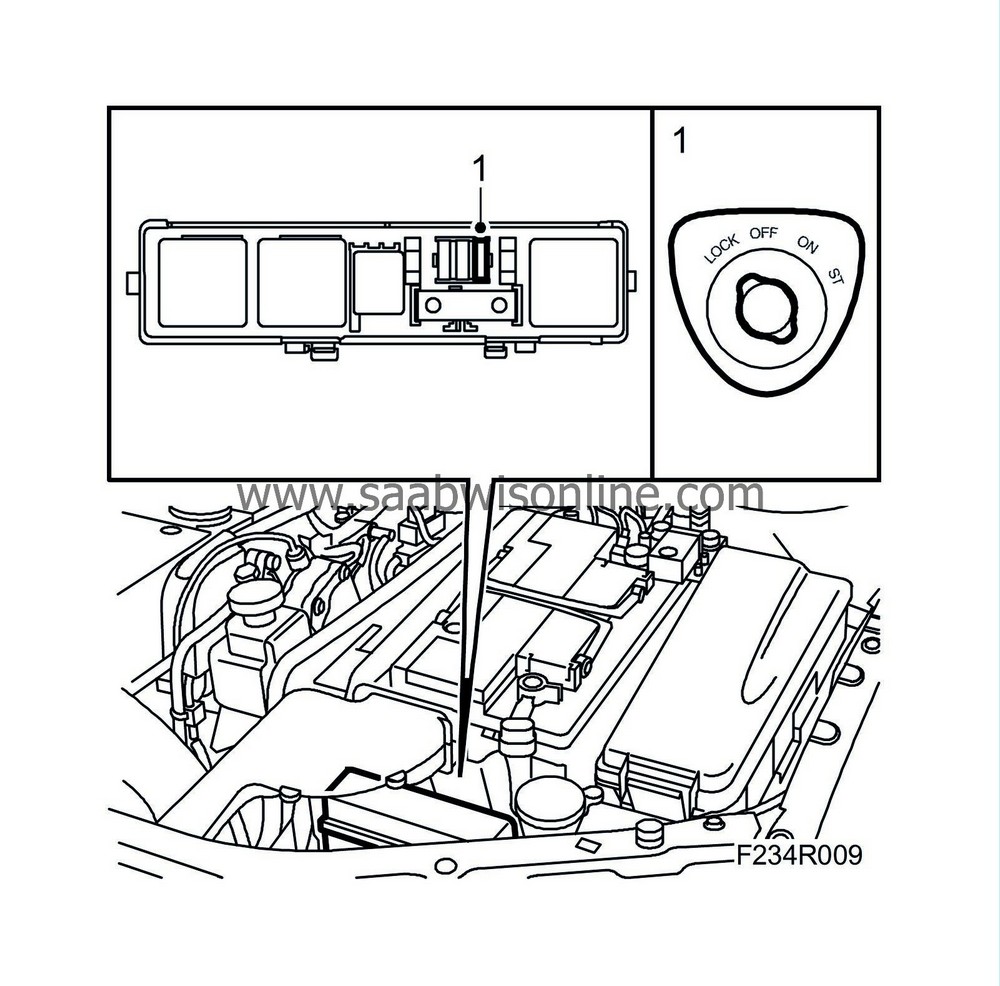PRE-RELEASE
Fuel tank, EU
| Fuel tank, EU |
|
||||||||||||||||||||||
| Important | ||
|
Be particulary observant regardning cleanliness when working on the fuel system. Loss of function may occur due to very small particles. Prevent dirt and grime from entering the fuel system by cleaning the connections and plugging pipes and lines during disassembly. Use 82 92 948 Plugs, A/C system assembly. Keep components free from contaminants during storage. |
||
| To remove |
| 2. |
Drain the fuel tank. Refer to
Draining the fuel tank
.
|
|
| 3. |
Raise the car.
|
|
| 4. |
Remove the exhaust system. See
Complete exhaust system, A20NFT/LHU
|
|
| 5. |
Unplug the connector on the fuel tank and remove this from its bracket.
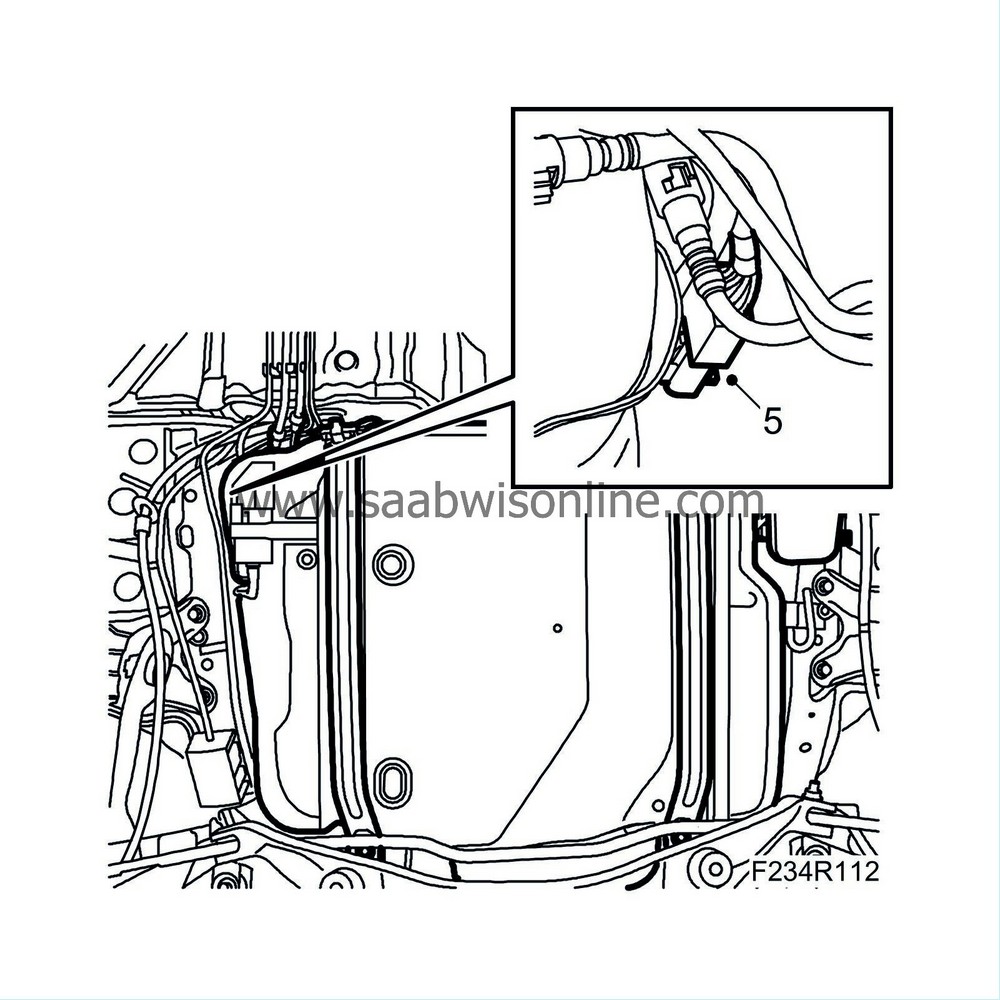
|
|
| 6. |
Place a receptacle under the tank.
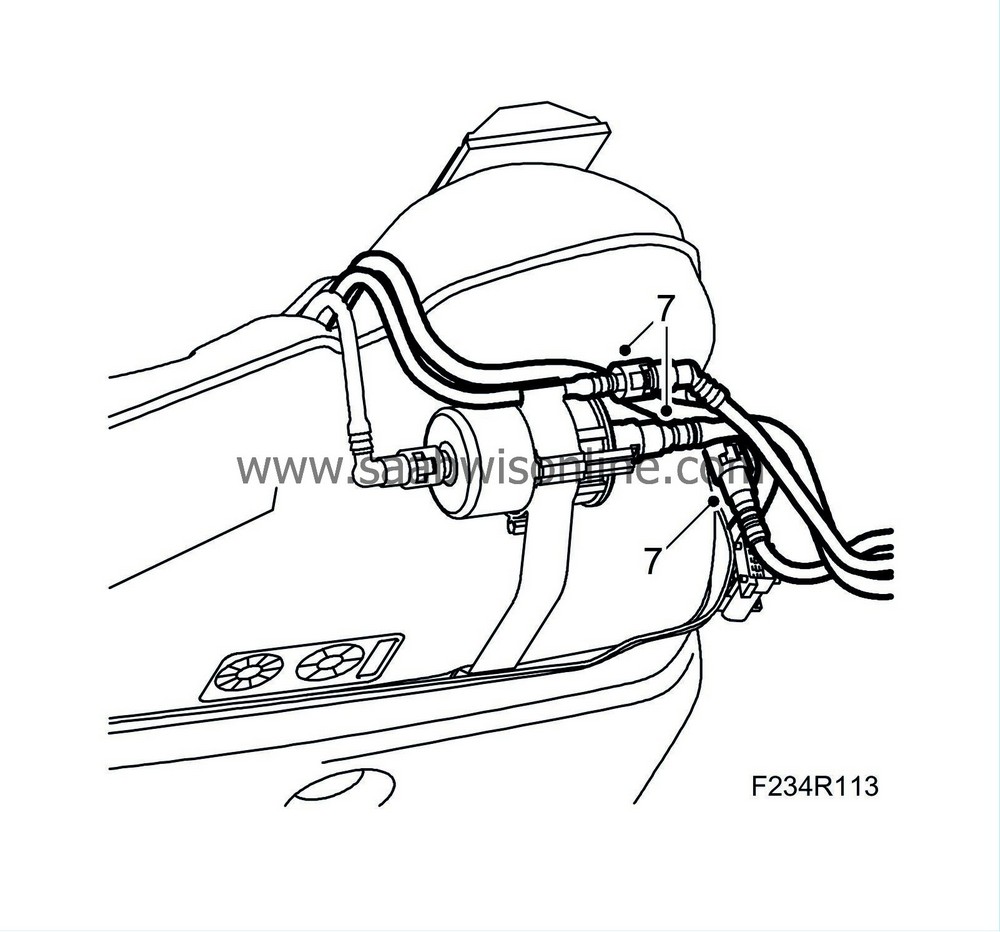
|
|
| 7. |
Disconnect the fuel lines from the fuel tank. Plug the lines with suitable plugs.
|
|
| 8. |
Remove the hose clip and bend aside the filler pipe hose.
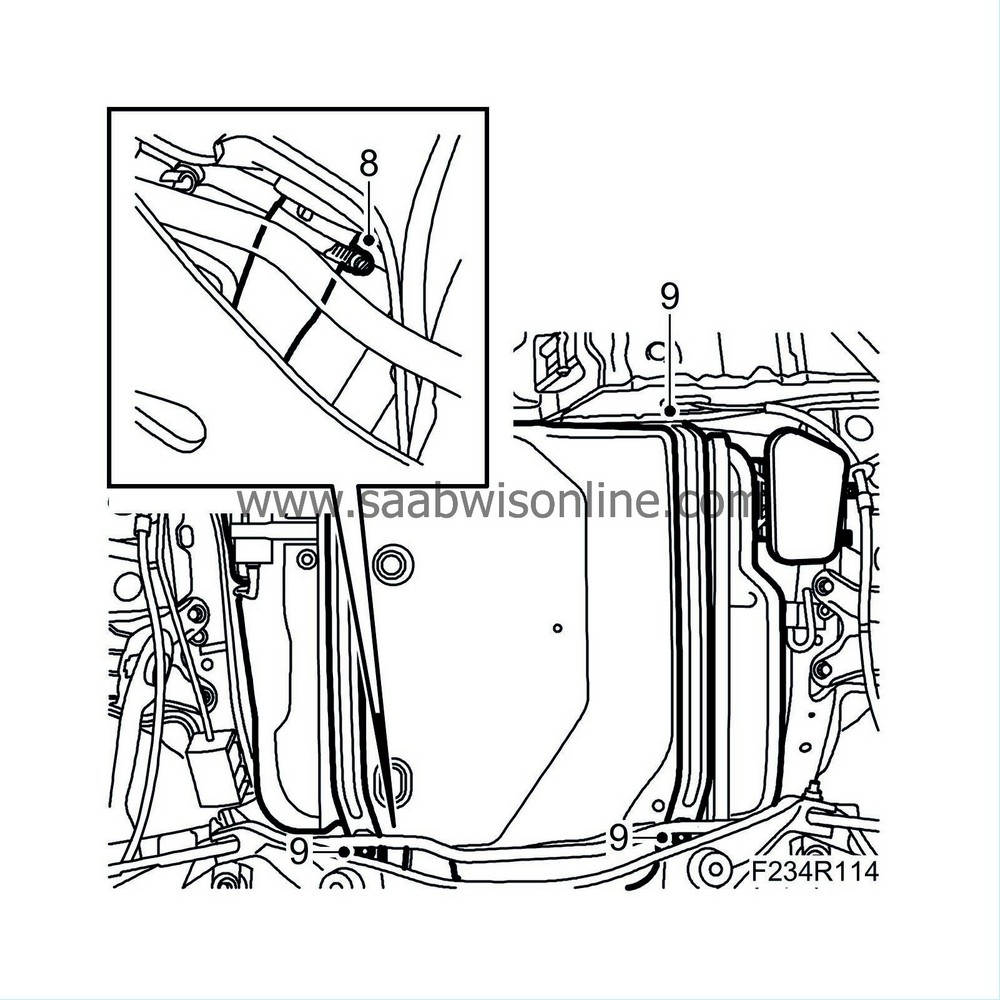
|
|
| 9. |
Place a column jack under the tank, remove the tank straps and fuel tank. Be careful when removing the tank; ensure that no components or connections are damaged.
|
|
| To fit |
| 1. |
Replace the connecting hose between the tank and the filler pipe.
Place the fuel tank on a column jack and carefully lift it into place. |
|
| 2. |
Fit the tank straps and lower the column jack.
Tightening torque 25 Nm (18 lbf ft) 
|
|
| 3. |
Fit the filler pipe hose and tighten the hose clip.
|
|
| 4. |
Remove the plugs and fit the fuel lines.
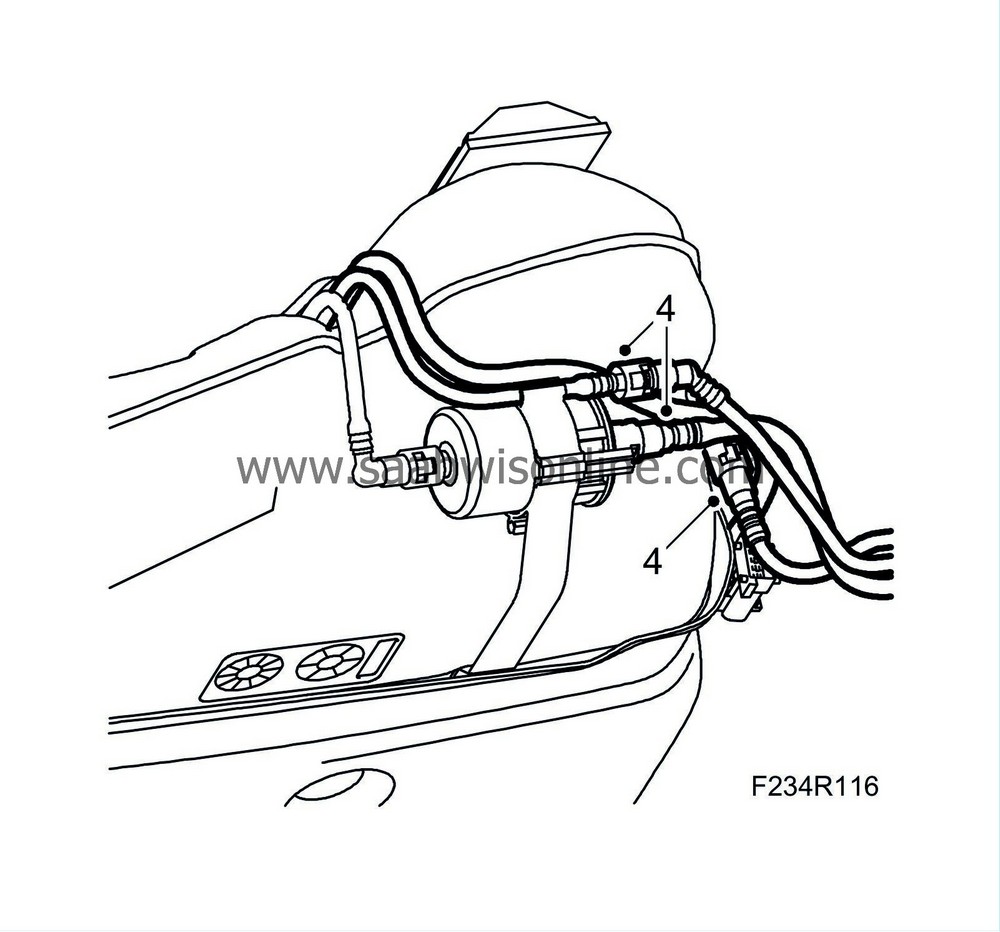
|
|
| 5. |
Plug in the connector to the fuel tank and fit it into its bracket.

|
|
| 6. |
Fit the exhaust system. See
Complete exhaust system, A20NFT/LHU
|
|
| 7. |
Lower the car and fill the tank with fuel.
|
|
| 8. |
Start the engine to check its function and for any fuel leaks.
|
|

 Warning
Warning
